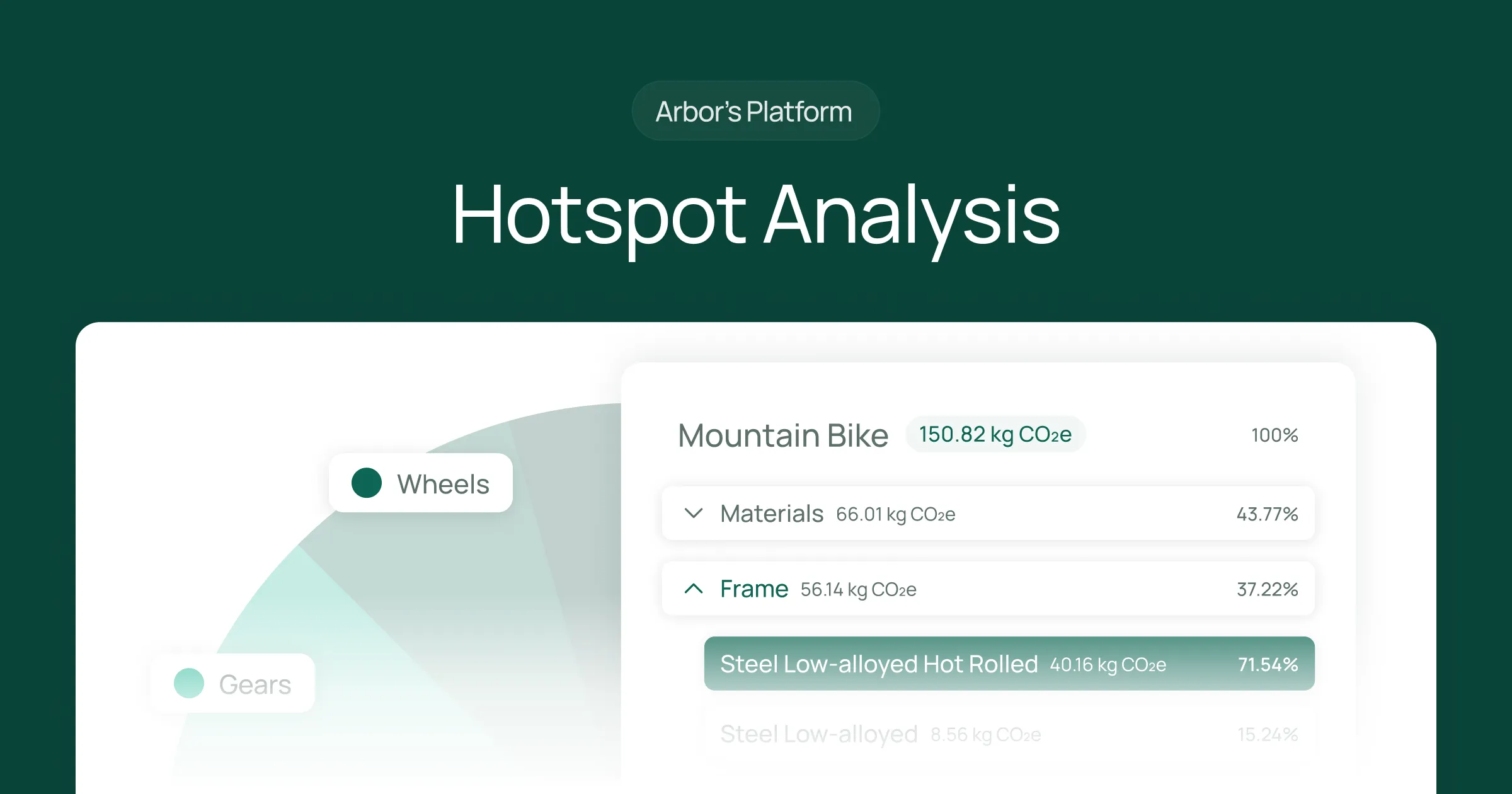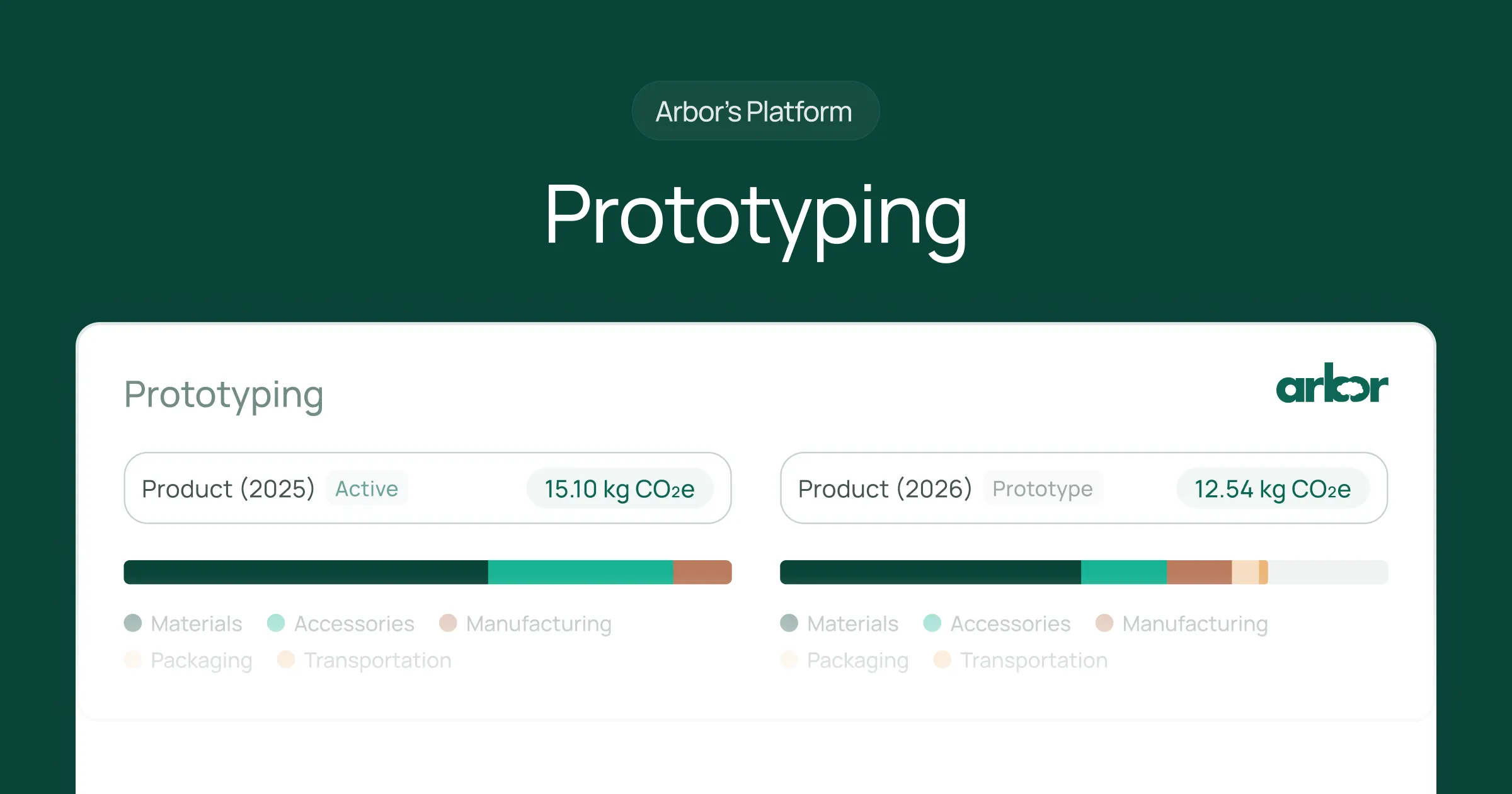Folks who had to vacate regions from fires are now fleeing their temporary homes from flooding. Grocery stores shelves across the province have already been emptied as people panic buy. Vancouver, a city of 2.5 million people, is currently cut off from the world as the rail lines and essentials highways are underwater. And with what we have to say about current supply chain, this ain’t good. This is also going to have a domino effect on the future of the supply chain and the supplies of dairy and produce as livestock and crops in biggest agricultural region in the province has been wiped out.
From the Toronto Star: "Experts say the ripple effects of what is unfolding in B.C. will ultimately affect the entire country, as no Canadian is immune to a supply chain disaster of this magnitude. The Port of Vancouver — which said Tuesday that it had lost rail access with routes operated by both Canadian Pacific Railway and Canadian National Railway damaged by floods and landslides — is Canada’s largest port, handling $240-billion in goods annually.
In Short Supply
The backlogged, globalized supply chain, sluggishly moving across thousands of kilometers on ships, trucks, and planes is racking up more emissions than Pete Davidson is girlfriends.
Whether you are battening down the hatches and gearing up for the seasonal shopping frenzy or have chosen to opt out, there is a good chance you are aware that the global supply chain is in a sorry state of affairs.
As consumer spending habits shifted throughout the pandemic, and factories and ports were mandated to operate at a limited capacity with distancing measures in place, the demand for goods –from sofas to lumber, to clothing or food– have been in short supply.
The City of Angels or the City of Anchors?
At the Port of Los Angeles, the busiest port in the world, they are set to break a record for annual imports for 2021. Spreading across 7500 acres of both land and water and 69km of waterfront this where 40% of seaborne imports enter the US moving a cool $300 billion worth of cargo a year from it’s biggest trading partners: China, Japan, and Vietnam.
As of November 15th, the Port authority for both the Port of LA and it’s conjoining twin, the Port of Long Beach, will be imposing levies of $100 per day on cargo ships that linger for too long. The hope is that by having an arrival queue in place based on departure time from their last port of call, and forcing the ships to drop anchor further from shore and further apart so that this will improve air quality and overall safety. This comes on the heels of US President Biden announcing on Oct 13th, that the LA port will be operating 24/7 to ease the cargo gridlock. One month later, and this hasn't happened as there is a shortage of trucks drivers and nightshift warehouse workers.
The shipping that moves in and out of this port is responsible for nearly half of California’s air pollution. And as the ships idle and anchor waiting to dock, they are pumping out more than 100 tons a day of smog and pollutants clogging up the lungs and the surrounding waters of local residents.
As a response to this cargo calamity, LA council member, Nithya Raman, called on the port’s biggest polluters to transition to zero emissions shipping by 2030:
“Pollution from ships often goes overlooked in our greater conversations on climate change, but the reality is that ship pollution contributes to an estimated 260,000 premature deaths each year globally, and at least 1,300 premature deaths annually in Los Angeles and Long Beach alone,” said Council member Raman. “Our low-income communities of color living near ports are suffering from higher rates of childhood asthma, cancer, and more, and we simply do not have time to waste to reverse the damage.”
Insider Exclusives
We spoke to a source from a wholesale fashion agency who says that for the brands they work with, production at the factories has relatively gone back to normal, but it’s within the shipping side of things where it's still convoluted. “In the beginning of the Covid-19 pandemic, it was the strain of social distancing and reduced capacity at the ports that started the bottleneck and kept the goods from reaching us,” they said, “But now it is all about shipping. The two big factors are the cost of shipping and a shortage of container ships.”
The lack of truck drivers and chassis –even the literal mechanism that removes the containers from the ships in short supply–are adding to this domino effect. And according to port data, as of Friday, November 12, there were 17,314 containers on 575 ships waiting in the water for over nine days.
Containers stacked up in the Port of Long Beach on Monday, November 15, 2021. (Photo by Jeff Gritchen/MediaNews Group/Orange County Register)
First off, the price to ship goods from the factories to the suppliers has gone up about 4-8 times what it was prior to Covid. According to this industry source –if you can pay there is a way. “Bigger companies are not only buying up shipping containers, but they are also paying to have their ships bumped up the line to the docks.”
This leaves smaller companies to flounder and come up with ways to swallow increased shipping costs that they never budgeted for when initially purchasing the goods from wholesalers, which is usually done up to a year in advance. And with big companies buying up all the containers, this forces the little guys to airship their products, which, you guessed it, costs even more.
We also spoke to an anonymous source within Lululemon’s corporate HQ. The source communicated a similar experience within their supply chain, “These vendor-specific issues continue to have a trickle-down effect when production is delayed and the primary mode of transportation, boat, is shrouded in a layer of uncertainty. Port delays have increased ship travel time from 4, to 6, to 8, to upwards of 10 weeks with no visibility on arrival time once a ship has left port. This has led many companies to turn to air freight to ensure deliveries arrive as quickly as possible at a shipping cost of up to six times per unit versus the cost on the ocean, a cost that can quickly and negatively impact a product's margin and a company's bottom line.”
If you are looking for a holiday drinking game, might we suggest one where partygoers take a shot every time we mention “supply chain” and “human rights” in the Arbor blogs? All jokes aside, as a data science company that is driven by sustainability and ethics, how companies conduct their operations from cradle to grave matters a lot to us. There is an underbelly to the global supply chain of entrenched racism that functions to extract resources, human power and environmental, economic, and natural resources from the Global South.
While many of us in the Global North were working from home, and either shopping more online or saving our dollars for the upcoming holiday season, the Global South was still busy at work, even in their own lockdowns.
In countries like Vietnam that have been hit particularly hard by COVID-19, production was heavily impacted.In one display of heavy-handed corporate and government policy, over 200,000 workers making products for Samsung and Apple in the Vietnamese tech hubs of Bac Ninh and Bac Giang provinces, and around Ho Chi Minh City, were documented to be sleeping in order to not disrupt the flow production while they waited for negative covid tests. These drastic measures haven’t solved all of Apple’s problems as they act to cut their iPhone 13 production targets by a cool 10 million units due to shortages.
“Covid's impact on the global supply chain has been astronomical, impacting the way companies function from pre-season forecasting to in-season management. What was once a standard for forward-looking inventory forecasting and delivery time has been thrown out the window.” said our source at Lululemon. “Pre-covid we could accurately forecast inventory levels anywhere from 6 to 12 months ahead with a solid understanding of consumer behaviours, production timelines, and shipping windows; with the change in where and how consumers shop, limited vendor capacity, and uncertainty in delivery timelines, that is no longer.”
The Next Steps
With such delays rampant across all facets of the chain, is there any chance these imposed regulations and levies will have the supply chain running smoothly for Black Friday and holiday shopping?
Lol.
“There is no understanding of when these issues will be cleared up knowing the ongoing impacts of the global pandemic,” continued our source at Lululemon, “Some forecasts say we'll expect to deal with continued production issues and port delays until the end of 2022, while other experts report it could be drawn out into 2023 and beyond. We continue to work to manage all our inventory effectively, expanding on our vendor relationships globally to protect core business, and above all offer safe and comfortable work environments for everyone involved.”

At Arbor we want to disrupt this broken system. A broken system that hasn't just caused a ripple in the supply chain but a tidal wave of titanic proportions. With our environmental and societal data, we are working to give companies and consumers the tools to shine a light in every corner of the supply chain and uncover its most opaque parts.
So stick with us and let’s bust up this chain together.
Request a demo and measure your carbon with Arbor
Measure your carbon emissions with Arbor
Simple, easy carbon accounting.




.webp)
%20Directive.webp)


.webp)











%20Arbor.avif)





%20Arbor.avif)


.avif)






%20Arbor%20Canada.avif)

.avif)
%20Arbor.avif)
.avif)






_.avif)
.avif)
%20Arbor.avif)




%20Software%20and%20Tools.avif)





.avif)
.avif)




%20EU%20Regulation.avif)












.avif)


%20Arbor.avif)









_%20_%20Carbon%20101.avif)







.avif)

.avif)
.avif)








